Home>Garden Essentials>How To Plant Cherry Seeds
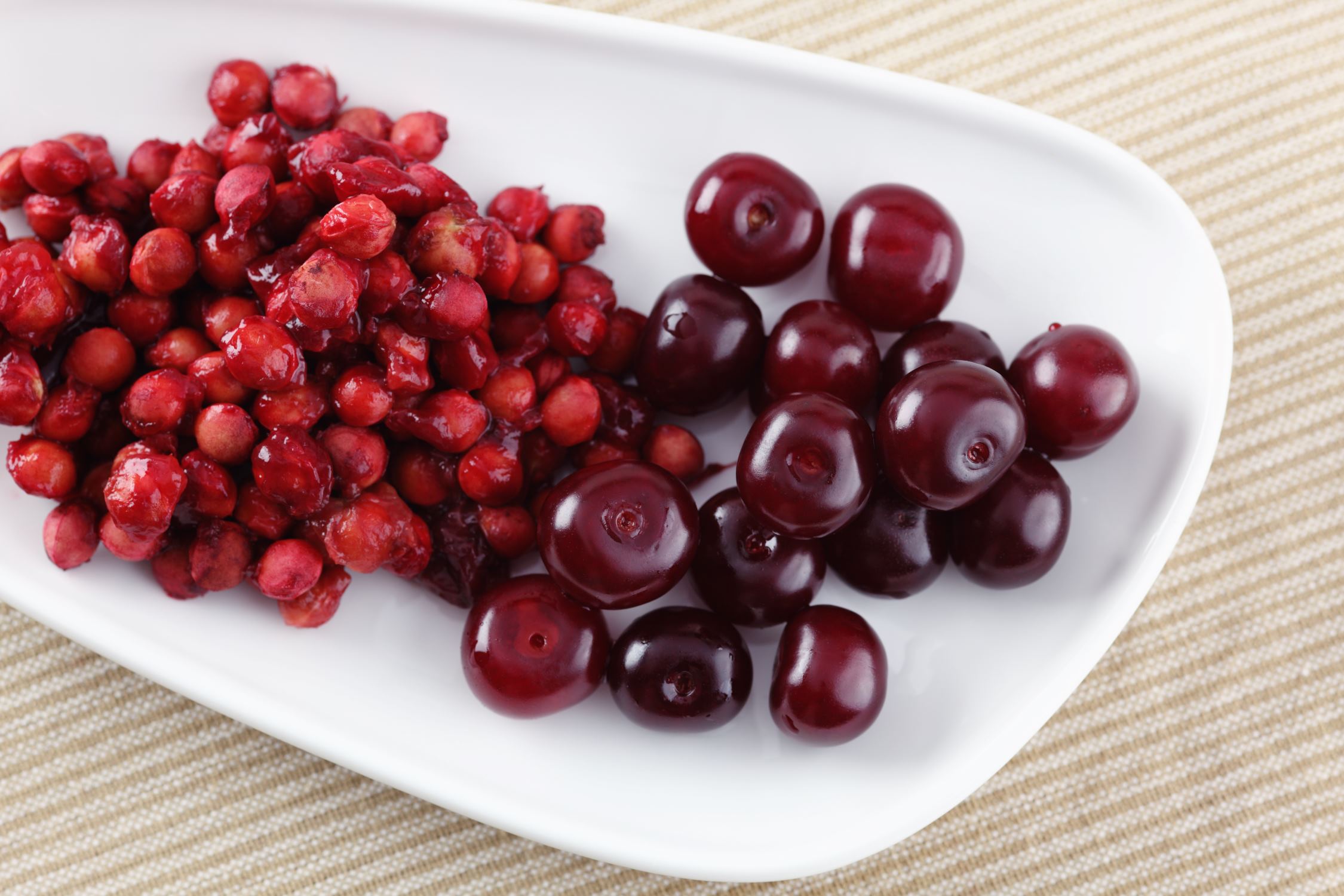

Garden Essentials
How To Plant Cherry Seeds
Modified: March 16, 2024
Learn the best techniques for planting cherry seeds in your garden and watch them grow into beautiful cherry trees. Expert tips and step-by-step instructions to ensure successful cultivation.
(Many of the links in this article redirect to a specific reviewed product. Your purchase of these products through affiliate links helps to generate commission for Storables.com, at no extra cost. Learn more)
Introduction
Welcome to our comprehensive guide on how to plant cherry seeds! Growing cherry trees from seeds can be a rewarding and fulfilling experience for any garden enthusiast. Cherries are not only delicious and nutritious fruits, but they also add beauty and shade to your garden. While planting cherry seeds may require some patience and care, the process can be quite simple if you follow the right steps. In this article, we will provide you with a step-by-step guide on collecting cherry seeds, preparing them for planting, choosing the right location, and caring for the seedlings until they become thriving cherry trees.
Whether you’re a newbie to gardening or an experienced green thumb, this article will give you the knowledge and confidence to grow your very own cherry trees from seeds. So, let’s grab our gardening gloves and get started!
Key Takeaways:
- Growing cherry trees from seeds is a rewarding journey that requires patience and care. From collecting and preparing seeds to nurturing seedlings, this guide provides essential steps for a successful garden adventure.
- Providing optimal conditions, such as sunlight and well-draining soil, is crucial for growing healthy cherry trees. Regular maintenance, including watering, fertilizing, and pruning, ensures long-term productivity and delightful harvests.
Read more: How To Plant Cherry Tomato Seeds
Step 1: Collecting Cherry Seeds
The first step in planting cherry seeds is to collect them. You can gather cherry seeds from fresh cherries that you’ve enjoyed eating or purchase them from a reputable nursery. Here’s how you can collect cherry seeds:
- Choose ripe cherries: Look for cherries that are fully ripe and have a deep, rich color. Ripe cherries are more likely to have mature and viable seeds.
- Extract the seeds: Carefully cut open the cherries and remove the seeds using a small knife or your fingers. Be gentle to avoid damaging the seeds.
- Clean the seeds: Rinse the extracted seeds under running water to remove any flesh or residue. This will help prevent mold and promote better germination.
- Dry the seeds: Place the clean seeds on a paper towel or a dry surface and let them air dry for a few days. Avoid exposing them to direct sunlight or excessive moisture.
It’s important to note that not all cherry seeds will germinate. Some may be damaged or not viable, so it’s a good idea to collect more seeds than you plan to plant. This will increase your chances of success.
Once you have collected and prepared your cherry seeds, it’s time to move on to the next step: preparing them for planting!
Step 2: Preparing the Seeds for Planting
Now that you have collected your cherry seeds, it’s important to prepare them properly before planting. Preparing the seeds will help maximize their chances of germination and ensure healthy seedlings. Here’s how you can prepare your cherry seeds for planting:
- Scarify the seeds: Cherry seeds have a hard outer shell that can inhibit germination. To enhance germination, you can scarify the seeds. Gently rub each seed with sandpaper or make small cuts on the seed coat using a sharp knife. This will help water penetrate the seed and encourage sprouting.
- Stratify the seeds: Cherries require a period of cold stratification to break dormancy. This mimics the natural process of seeds experiencing winter conditions. To stratify your seeds, place them in a damp paper towel or in a sealed plastic bag with some moist peat moss. Keep the seeds in the refrigerator at around 40°F (4°C) for 8-12 weeks. Check on the seeds regularly to ensure they remain moist, but not soaked.
- Perform a float test: After stratification, it’s a good idea to perform a float test to determine the viability of your cherry seeds. Fill a bowl with water and place the seeds in it. Discard any seeds that float as they are likely not viable. The viable seeds will sink to the bottom of the bowl.
Once you have scarified, stratified, and performed the float test on your cherry seeds, they are now ready for planting. In the next step, we will guide you on choosing the right planting location for your cherry seedlings.
Step 3: Choosing the Right Planting Location
Selecting the right planting location for your cherry seedlings is crucial for their growth and development. Cherry trees thrive in specific environmental conditions, so it’s important to choose a suitable spot in your garden. Here are some factors to consider when selecting the planting location:
- Sunlight: Cherries require ample sunlight to grow and produce fruit. Choose a location that receives at least 6-8 hours of direct sunlight per day. Avoid areas with excessive shade or where the cherry trees might be shaded by nearby buildings or taller plants.
- Soil type: Cherry trees prefer well-draining soil that is rich in organic matter. Ideally, the soil should have a pH level between 6.0 and 7.5. Conduct a soil test to measure the pH level and make any necessary amendments to improve the soil quality.
- Air circulation: Good air circulation helps prevent the buildup of moisture and reduces the risk of fungal diseases. Avoid planting cherry trees in areas that are prone to excessive humidity or stagnant air.
- Space: Give your cherry trees enough space to grow and spread their branches. Adequate spacing allows for proper air circulation and reduces the chances of overcrowding, which can lead to disease and poor growth.
Additionally, consider the local climate and weather patterns. Some cherry varieties are more suitable for specific climates, so choose a variety that is well-suited to your region. If you live in an area with harsh winters, ensure that your selected location is sheltered from strong winds and frost pockets.
By carefully selecting the right planting location, you will provide your cherry seedlings with the optimal conditions for healthy growth and a bountiful harvest. In the next step, we will delve into the process of planting cherry seeds.
Step 4: Planting Cherry Seeds
Now that you have prepared your cherry seeds and chosen the right planting location, it’s time to plant them and kick-start the growth of your cherry seedlings. Follow these steps to ensure successful planting:
- Prepare the soil: Before planting, prepare the soil by removing any weeds or debris. Loosen the soil with a garden fork or tiller to ensure proper root penetration and drainage.
- Dig the hole: Dig a hole that is deep enough to accommodate the seed with some additional room for growth. A depth of 1-2 inches (2.5-5 cm) should be sufficient for cherry seeds.
- Plant the seeds: Place the cherry seed in the hole, ensuring it is positioned upright. Cover the seed with soil, gently firming it around the seed to eliminate air pockets.
- Water thoroughly: After planting the seeds, water the soil thoroughly to ensure proper moisture penetration. This will help the seedlings establish their roots in the soil.
It’s important to note that cherry seeds may take several weeks to germinate, so be patient. Monitor the soil moisture regularly and provide water when needed, keeping the soil evenly moist but not waterlogged.
Once the cherry seedlings emerge, they will require proper care and attention to ensure their healthy growth. In the next step, we will guide you on caring for your cherry seedlings.
Before planting cherry seeds, soak them in water for 24 hours to help with germination. Then, plant the seeds in well-draining soil and keep them moist. Be patient, as it can take several weeks for the seeds to sprout.
Read more: How To Plant A Cherry Tree From Seed
Step 5: Caring for Cherry Seedlings
Now that your cherry seedlings have emerged, it’s crucial to provide them with the proper care to ensure their healthy growth and development. Here are some essential care tips for your cherry seedlings:
- Watering: Cherry seedlings require consistent moisture to thrive. Water them regularly, especially during dry periods. Avoid overwatering, as it can lead to root rot. The soil should be moist but not saturated.
- Fertilizing: Feed your cherry seedlings with a balanced, slow-release fertilizer according to the manufacturer’s instructions. Apply the fertilizer in early spring and again in mid-summer to provide the necessary nutrients for healthy growth.
- Weed control: Keep the area around your cherry seedlings free from weeds. Weeds can compete with the seedlings for nutrients and water, hindering their growth. Regularly remove any weeds that emerge near the base of the seedlings.
- Mulching: Apply a layer of organic mulch, such as wood chips or straw, around the base of your cherry seedlings. Mulching helps retain moisture, suppresses weed growth, and regulates soil temperature.
- Protect from pests and diseases: Keep an eye out for common pests like aphids, cherry fruit flies, and caterpillars. Monitor for signs of disease, such as fungal infections or leaf spots. Use organic pest control methods or consult with a local garden center for suitable treatments if needed.
Regularly assess the growth of your cherry seedlings and make any necessary adjustments to their care routine. Proper care will foster strong, healthy cherry trees that will eventually reward you with a bountiful harvest of sweet and juicy cherries.
Next, we will discuss the crucial step of transplanting cherry seedlings as they outgrow their initial planting location.
Step 6: Transplanting Cherry Seedlings
As your cherry seedlings grow and become too large for their initial planting location, it’s time to transplant them to a more permanent spot in your garden. Transplanting is a critical step in the growth of cherry trees and should be done with care to ensure their successful establishment. Follow these steps to transplant your cherry seedlings:
- Choose the right time: The best time to transplant cherry seedlings is during the dormant season, typically in late winter or early spring before new growth begins. This allows the seedlings to acclimate to their new location before the growing season.
- Prepare the new planting hole: Dig a hole in the new planting location that is wider and deeper than the root ball of the seedling. Make sure the hole is filled with well-draining soil.
- Carefully remove the seedling: Gently dig around the base of the seedling to loosen the roots from the soil. Lift the seedling, taking care not to damage the roots.
- Place the seedling in the new hole: Position the seedling in the center of the hole, making sure the top of the root ball is level with the surrounding soil surface. Backfill the hole with soil, gently firming it around the roots.
- Water thoroughly: After transplanting, thoroughly water the seedling to settle the soil and remove any air pockets around the roots. Continue to water the seedling regularly during the first few weeks to help it establish in its new location.
Transplant shock is common when moving seedlings, so it’s essential to provide proper care and attention during this critical phase. Ensure the seedlings receive adequate water, sunlight, and protection from pests and diseases as they adapt to their new environment. With time and proper care, your transplanted cherry seedlings will thrive and continue to grow into beautiful, fruit-bearing cherry trees.
In the final step of our guide, we will discuss maintaining and pruning your cherry trees to promote their health and productivity.
Step 7: Maintaining and Pruning Cherry Trees
To ensure the long-term health and productivity of your cherry trees, regular maintenance and pruning are essential. Proper maintenance practices help promote healthy growth, prevent disease, and maximize fruit production. Here are some key steps for maintaining and pruning your cherry trees:
- Watering: Adequate water is crucial for cherry trees, especially during dry periods. Deeply water the trees, ensuring the soil is moist but not waterlogged. Reduce watering as the fall season approaches to allow the tree to prepare for dormancy.
- Fertilizing: Feed your cherry trees with a balanced fertilizer in early spring before new growth begins. Follow the manufacturer’s instructions for application rates. Avoid over-fertilizing, as it can lead to excessive vegetative growth instead of fruit production.
- Pruning: Pruning is essential for maintaining the shape, size, and overall health of cherry trees. Prune in late winter or early spring when the tree is dormant. Remove any dead, diseased, or damaged branches. Thin out branches to improve air circulation and sunlight penetration. Prune back any unwanted growth or suckers from the base of the tree.
- Pest and disease control: Monitor your cherry trees for common pests such as aphids, cherry fruit flies, and caterpillars. Inspect the leaves and fruit regularly for signs of disease, such as fungal infections or leaf spots. Implement appropriate pest control measures, such as using organic insecticides or introducing beneficial insects. Consult with a local garden center for specific recommendations.
- Harvesting: Cherries are ready for harvest when they are plump, firm, and have developed their characteristic color. Gently twist or cut the cherries from the stem to avoid damaging the branches. Enjoy the fruits of your labor and share the bountiful harvest with family and friends.
Regular maintenance and care will ensure that your cherry trees remain healthy, productive, and a beautiful addition to your garden. Remember to always be observant and address any issues promptly to prevent them from escalating.
With these steps, you now have the knowledge and guidance to successfully plant, care for, and maintain your cherry trees from seeds. Enjoy the journey of watching your cherry trees grow, blossom, and bear delightful fruits! Happy gardening!
This concludes our comprehensive guide on how to plant cherry seeds and grow your own cherry trees. We hope you found this information helpful and inspiring for your gardening endeavors.
Conclusion
Congratulations on completing our comprehensive guide on how to plant cherry seeds and grow your own cherry trees! By following the step-by-step process, you now have the knowledge and confidence to embark on this rewarding gardening journey. From collecting cherry seeds to caring for the seedlings, transplanting, and maintaining mature trees, you have learned the essential techniques for successful cherry tree cultivation.
Planting cherry seeds allows you to witness the magical transformation from a tiny seed to a magnificent tree that will grace your garden for years to come. The luscious fruits harvested from your own cherry trees will not only delight your taste buds but also bring beauty and shade to your outdoor space.
Remember to provide the optimal growing conditions for your cherry trees, including ample sunlight, well-draining soil, and proper watering. Regular maintenance, including pruning, fertilizing, and pest control, will ensure their long-term health and productivity.
Throughout this journey, embrace the joy of gardening as you watch your cherry seedlings grow, blossom, and bear delicious fruits. Share the abundance with loved ones and create memories around your cherry tree, a true testament to your green thumb and dedication.
We hope you found this guide helpful and inspiring. May your cherry trees flourish and bring you many years of beauty and delightful harvests. Happy gardening!
Frequently Asked Questions about How To Plant Cherry Seeds
Was this page helpful?
At Storables.com, we guarantee accurate and reliable information. Our content, validated by Expert Board Contributors, is crafted following stringent Editorial Policies. We're committed to providing you with well-researched, expert-backed insights for all your informational needs.
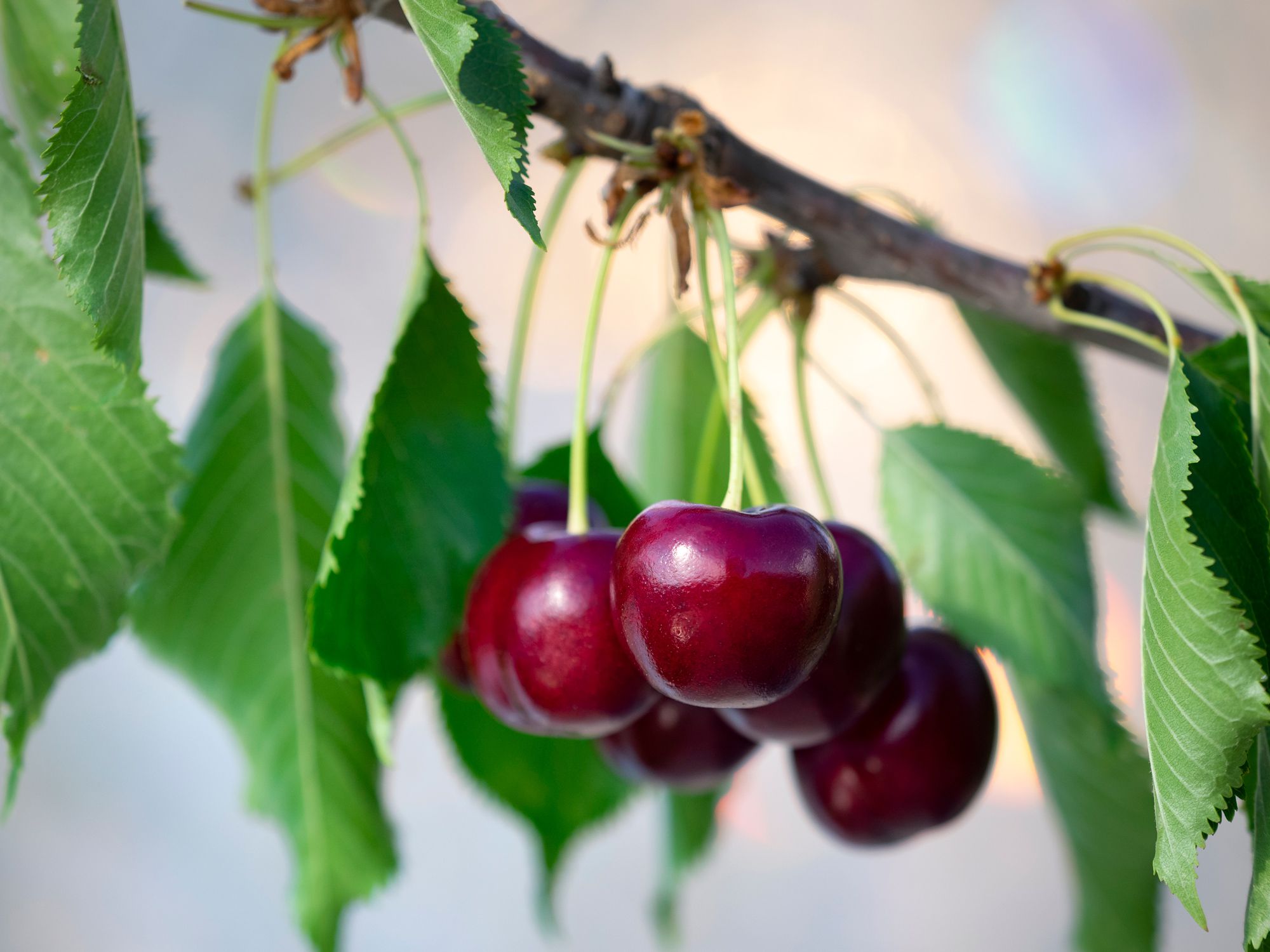
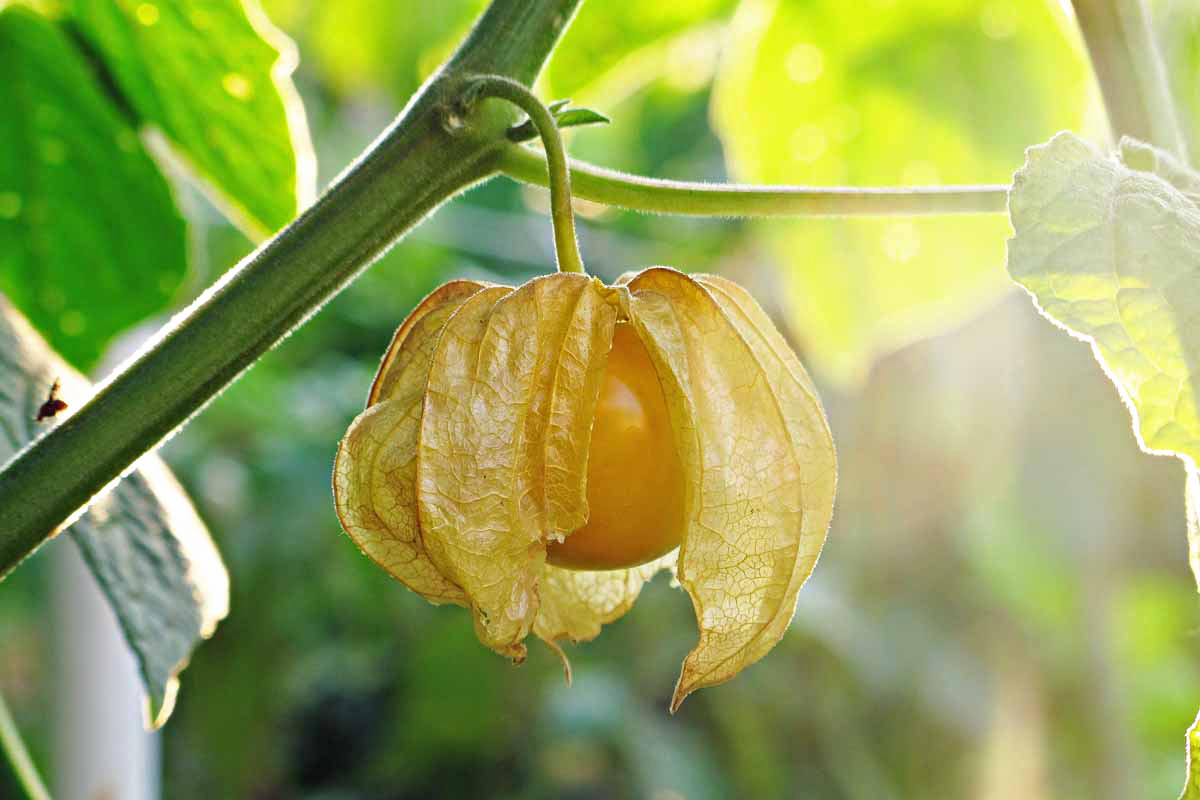
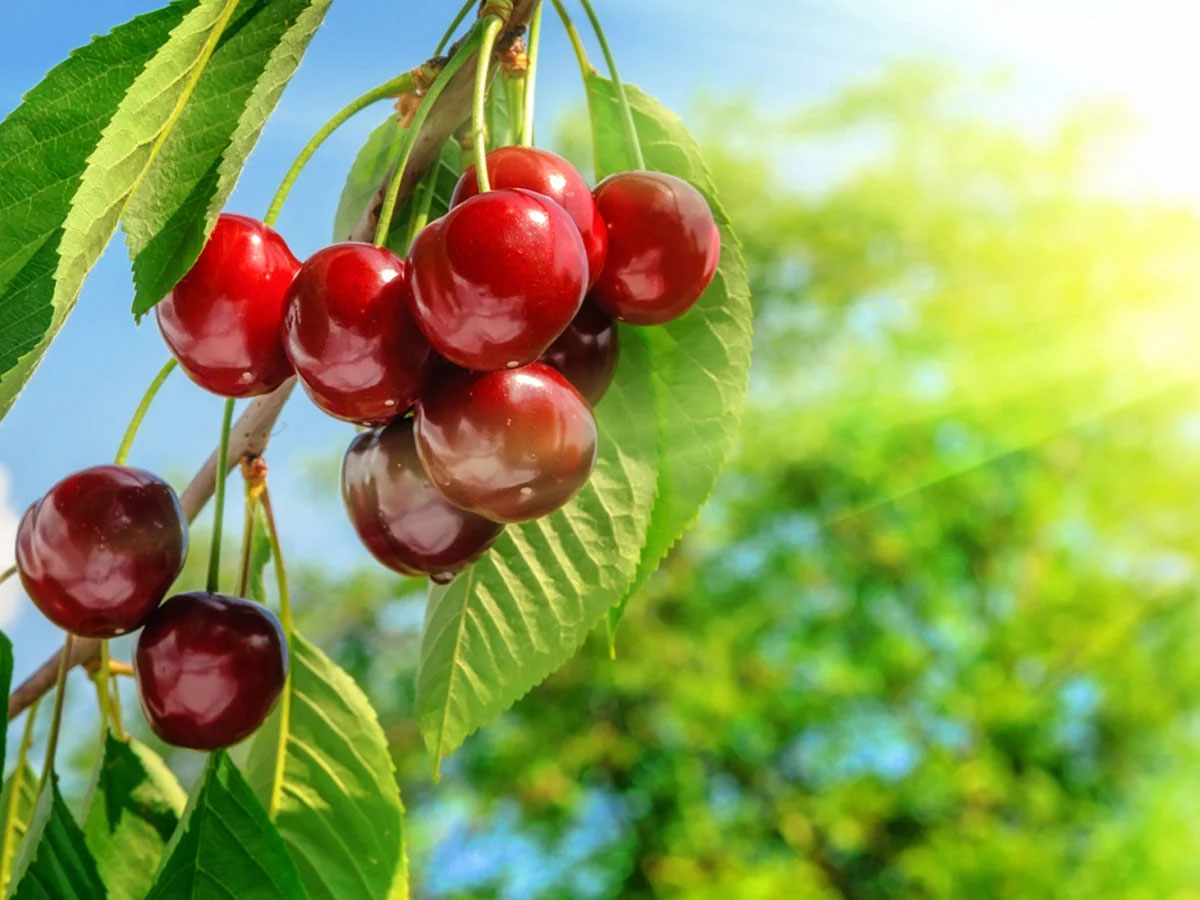
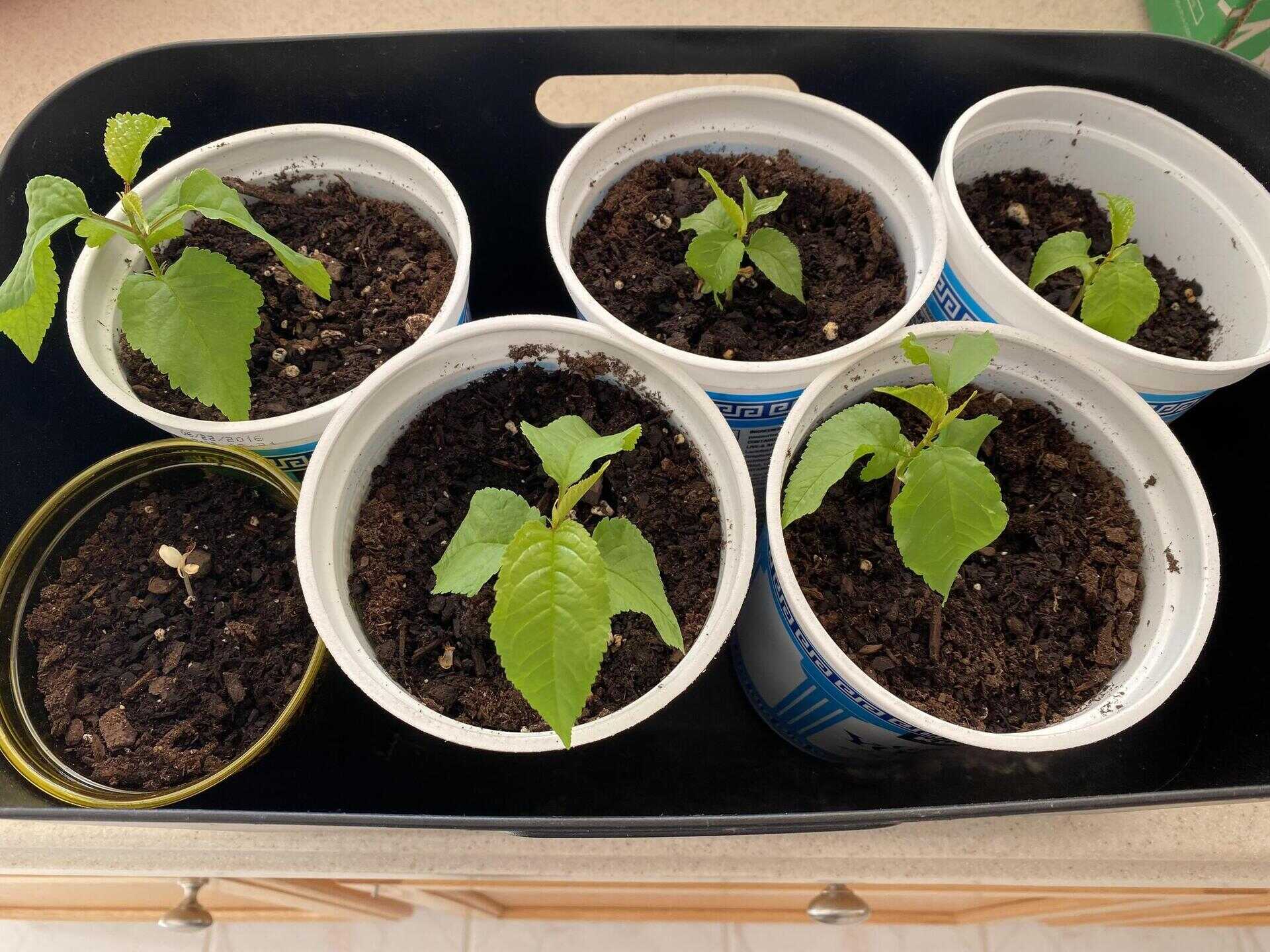
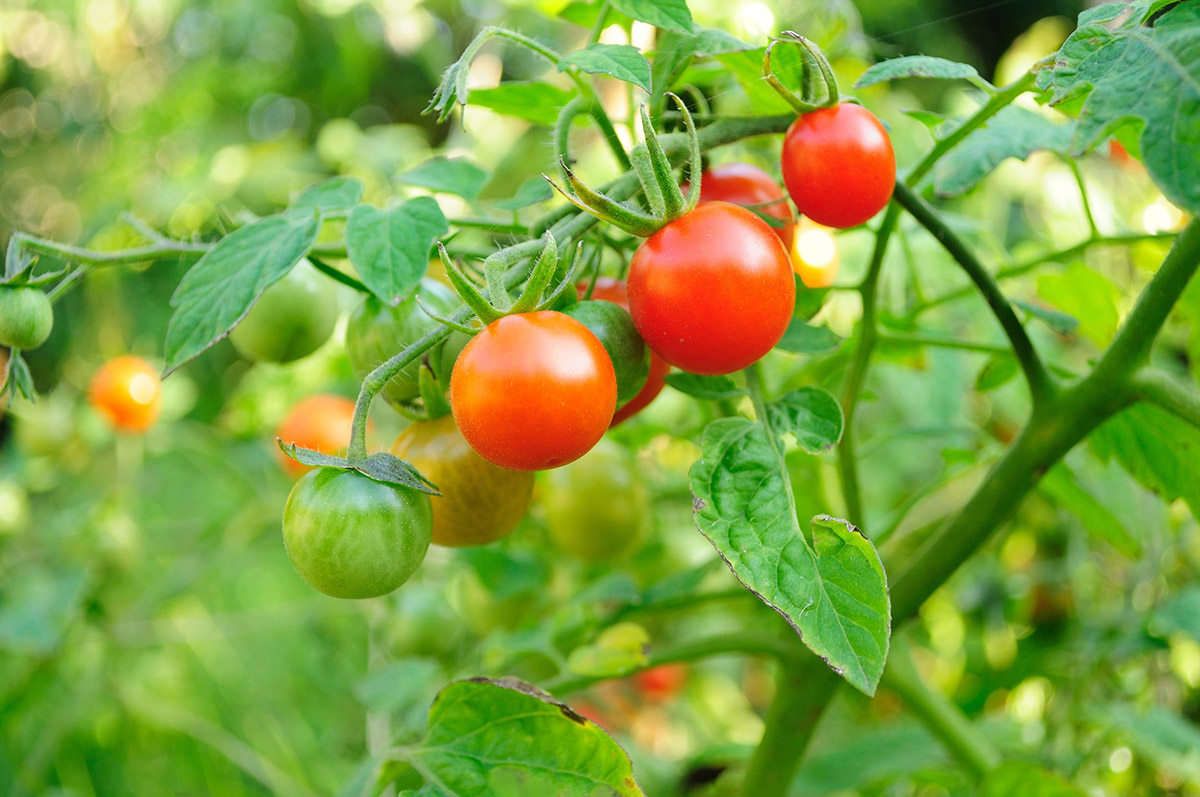
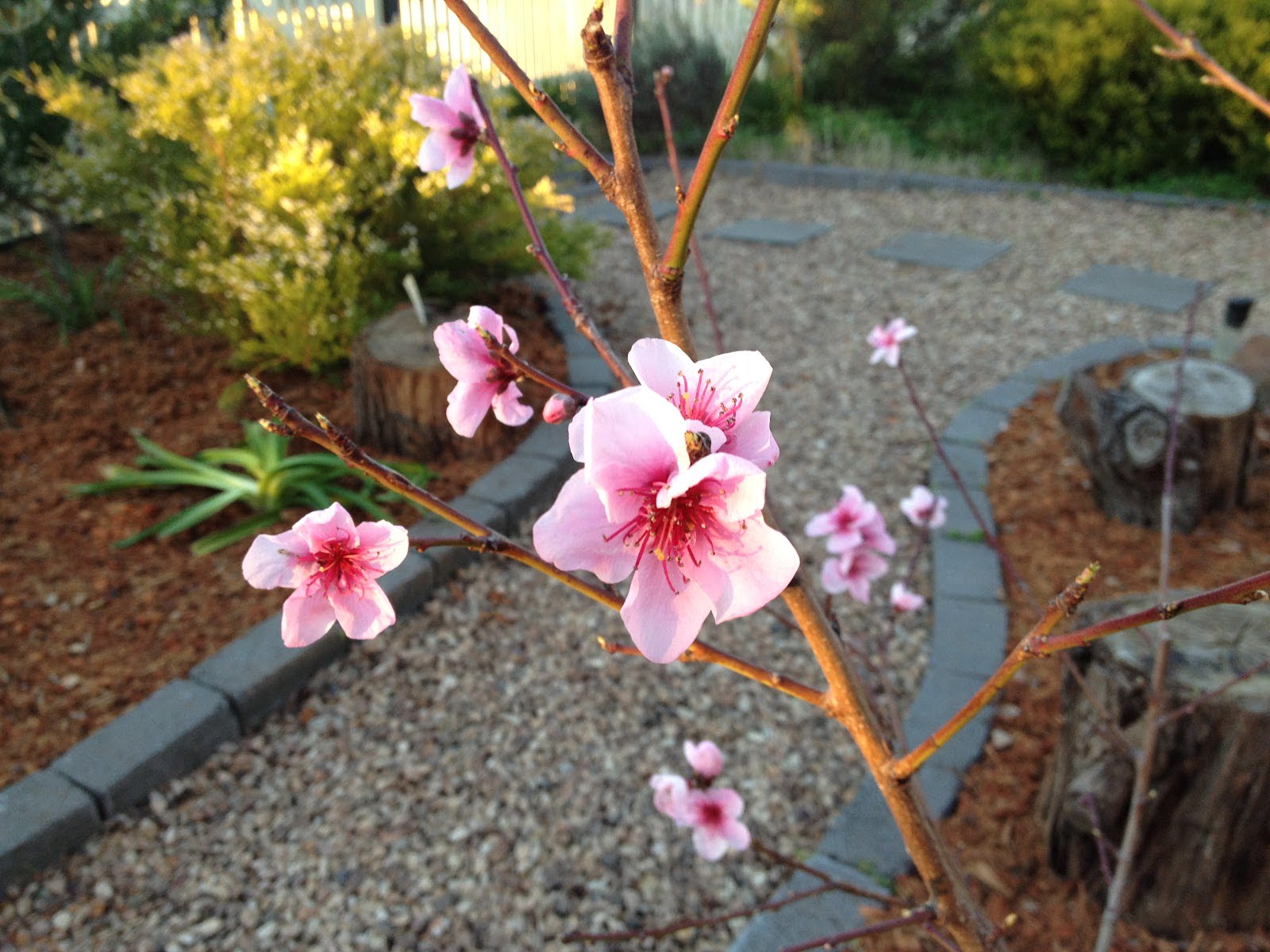

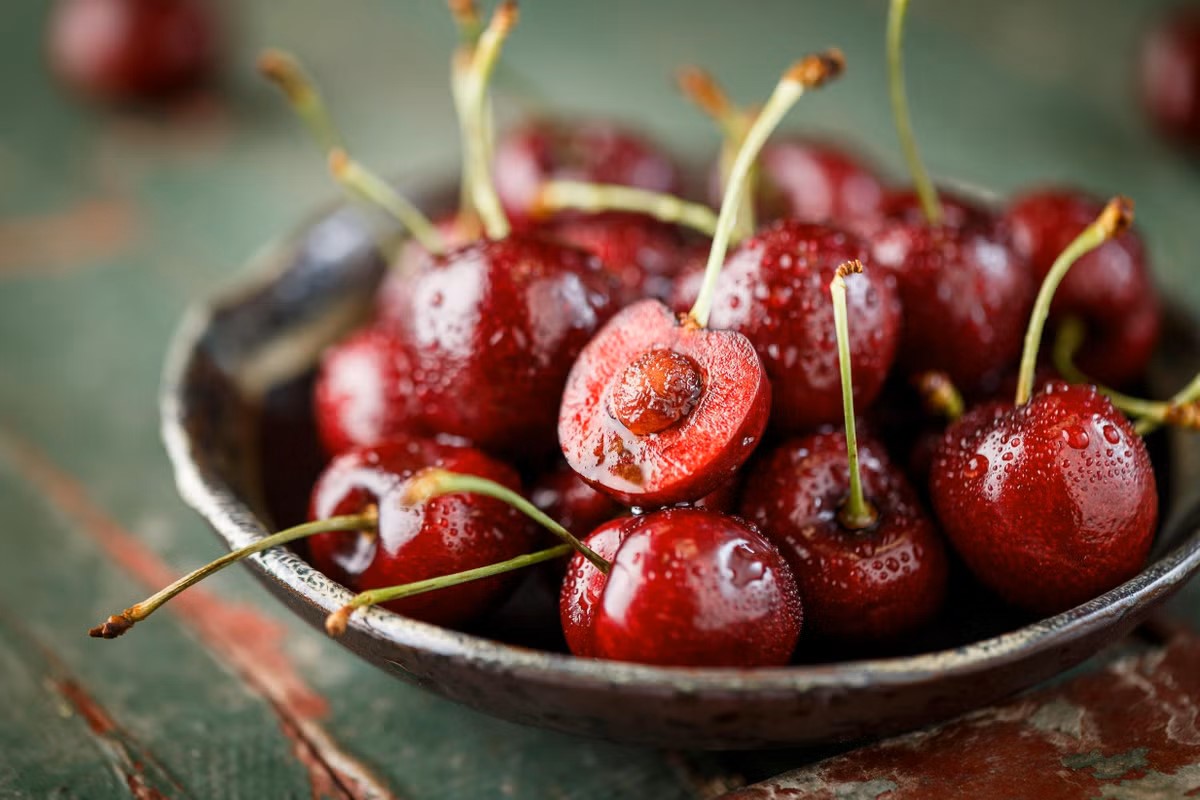


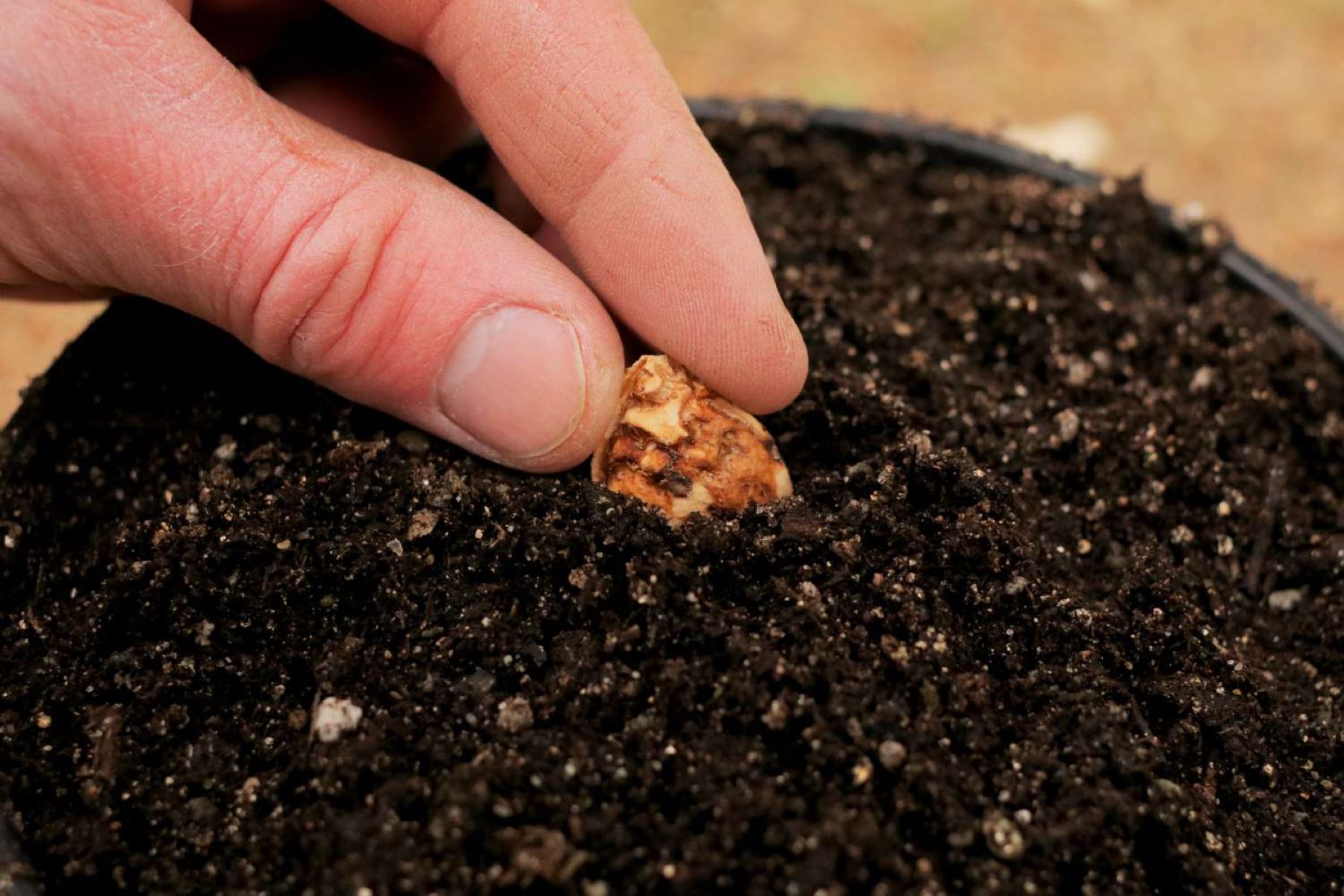
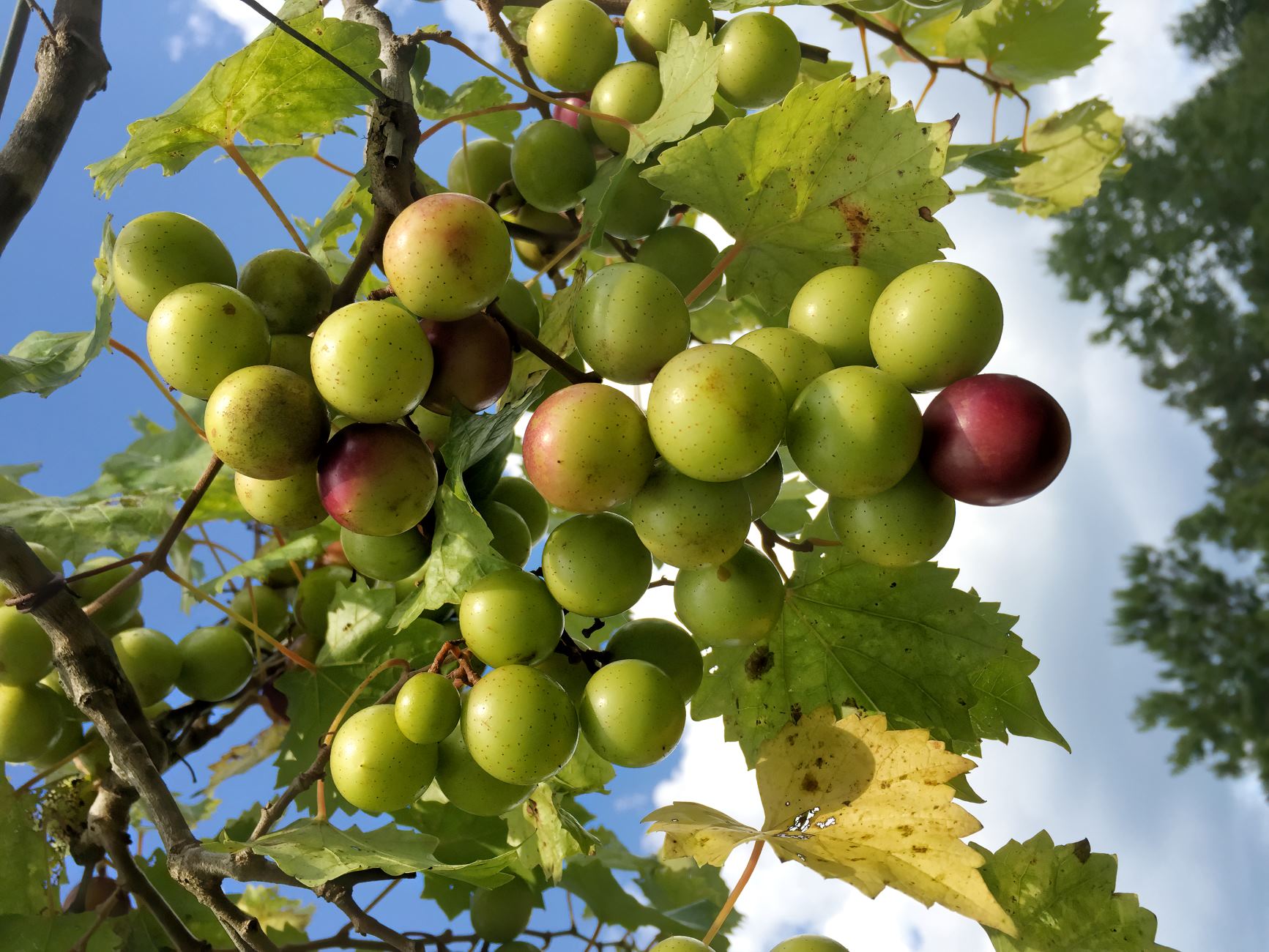
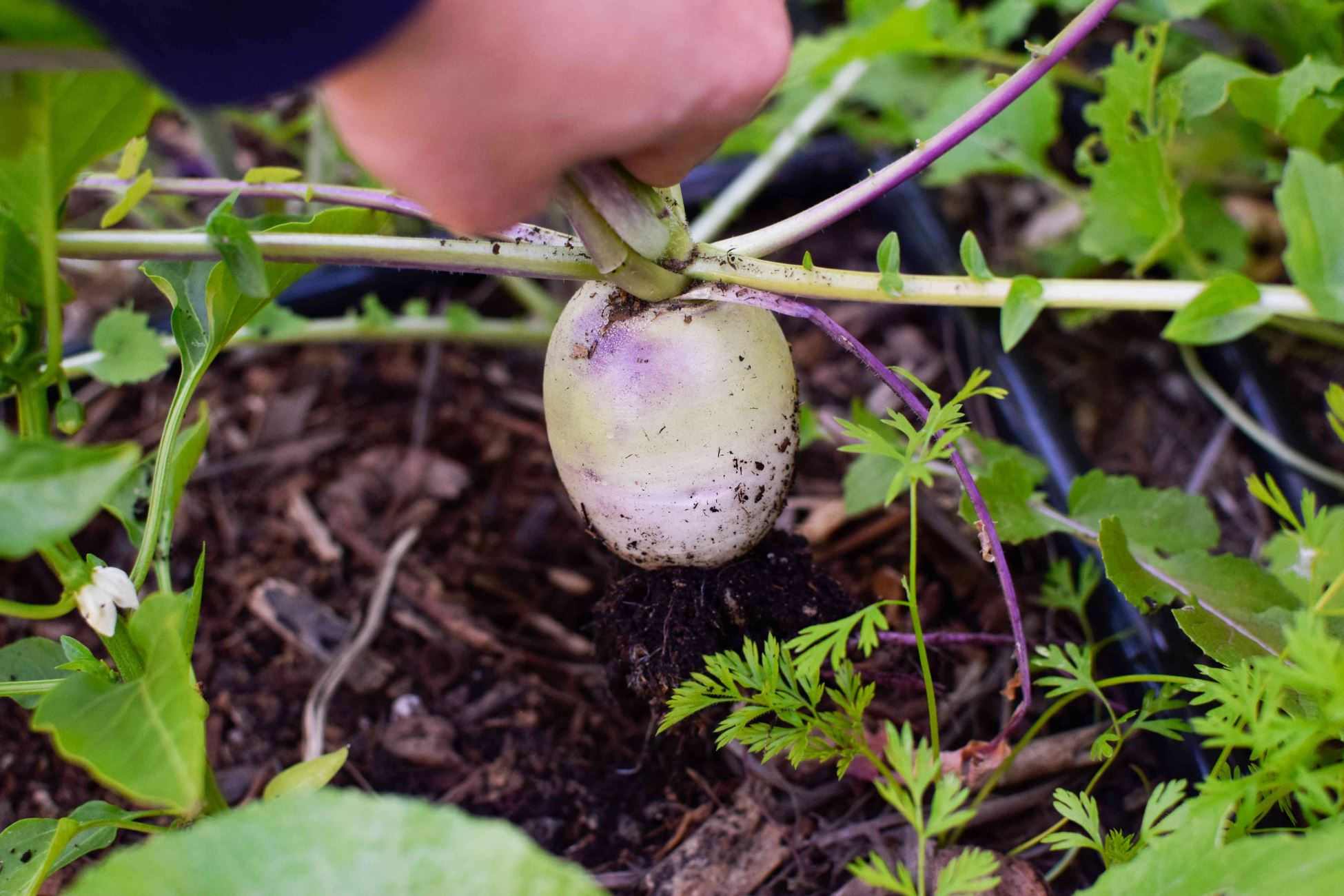
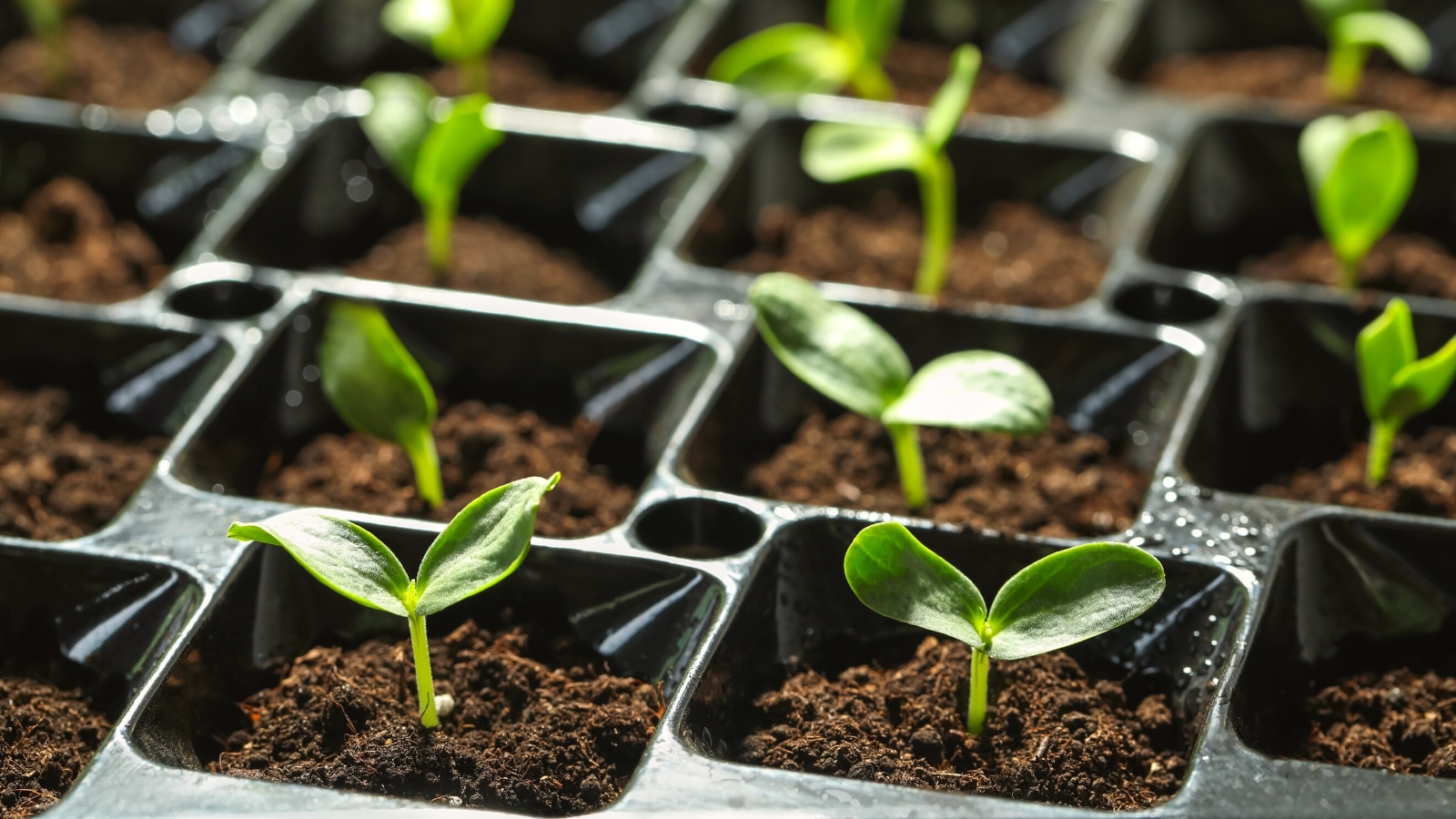

0 thoughts on “How To Plant Cherry Seeds”